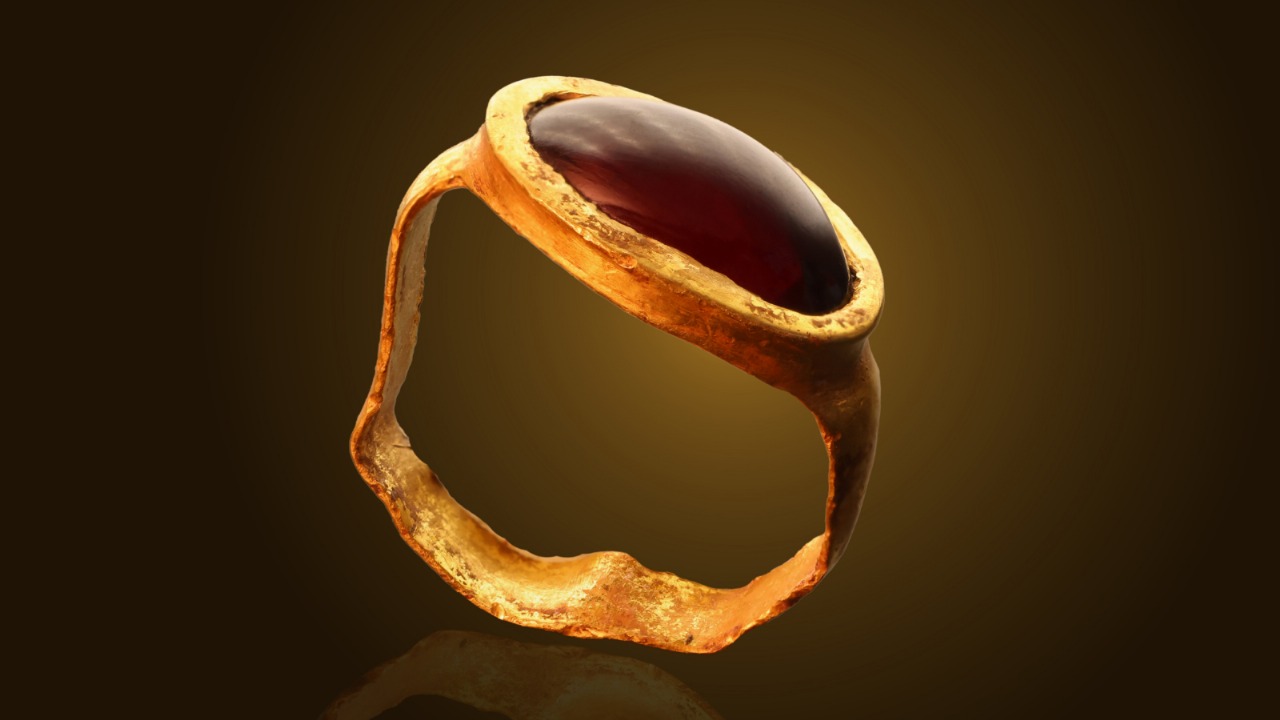 Image Source : Live Science
Image Source : Live Science
Archaeologists in Israel have discovered a 2,300-year-old gold ring set with a red gemstone, believed to be a garnet. The ring, found in the City of David within the Jerusalem Walls National Park, is thought to have been buried as part of a coming-of-age ritual during the Hellenistic period.
Discovery and Historical Context
- The ring was uncovered during excavations conducted by the Israel Antiquities Authority and Tel Aviv University
- It dates back to the late third or early second century BCE, a time when Jerusalem was influenced by Greek culture following Alexander the Great’s conquests
- The excavation site has yielded other valuable artifacts, including bronze earrings, a gold earring with a horned animal motif, and a decorated gold bead
Possible Ritual Significance
- Researchers suggest the ring may have been buried by a young girl as part of a well-known Hellenistic tradition marking the transition from childhood to adulthood
- Betrothed women in that era often buried jewelry and childhood belongings in house foundations as a symbolic gesture before marriage
- The presence of multiple pieces of jewelry beneath the building’s floors indicates they were likely placed there intentionally rather than lost accidentally
Cultural and Artistic Influences
- Gold jewelry featuring brightly colored gemstones, such as garnet, was fashionable during the Hellenistic period
- The trend was influenced by trade with Eastern regions like India and Persia, facilitated by Alexander the Great’s military campaigns
- The discovery provides further insight into the wealth and artistic preferences of Jerusalem’s inhabitants during that era
Future Research and Implications
- Archaeologists will continue studying the site to uncover more details about the customs and daily life of the people who lived there
- The findings contribute to a broader understanding of Hellenistic-era traditions and their impact on Jerusalem’s cultural landscape
- The excavation reinforces the significance of the City of David as a historical site rich with artifacts from different periods
Sources: MSN News, The Jerusalem Post, Times of Israel, Live Science, Israel Antiquities Authority Reports
Advertisement
Advertisement




